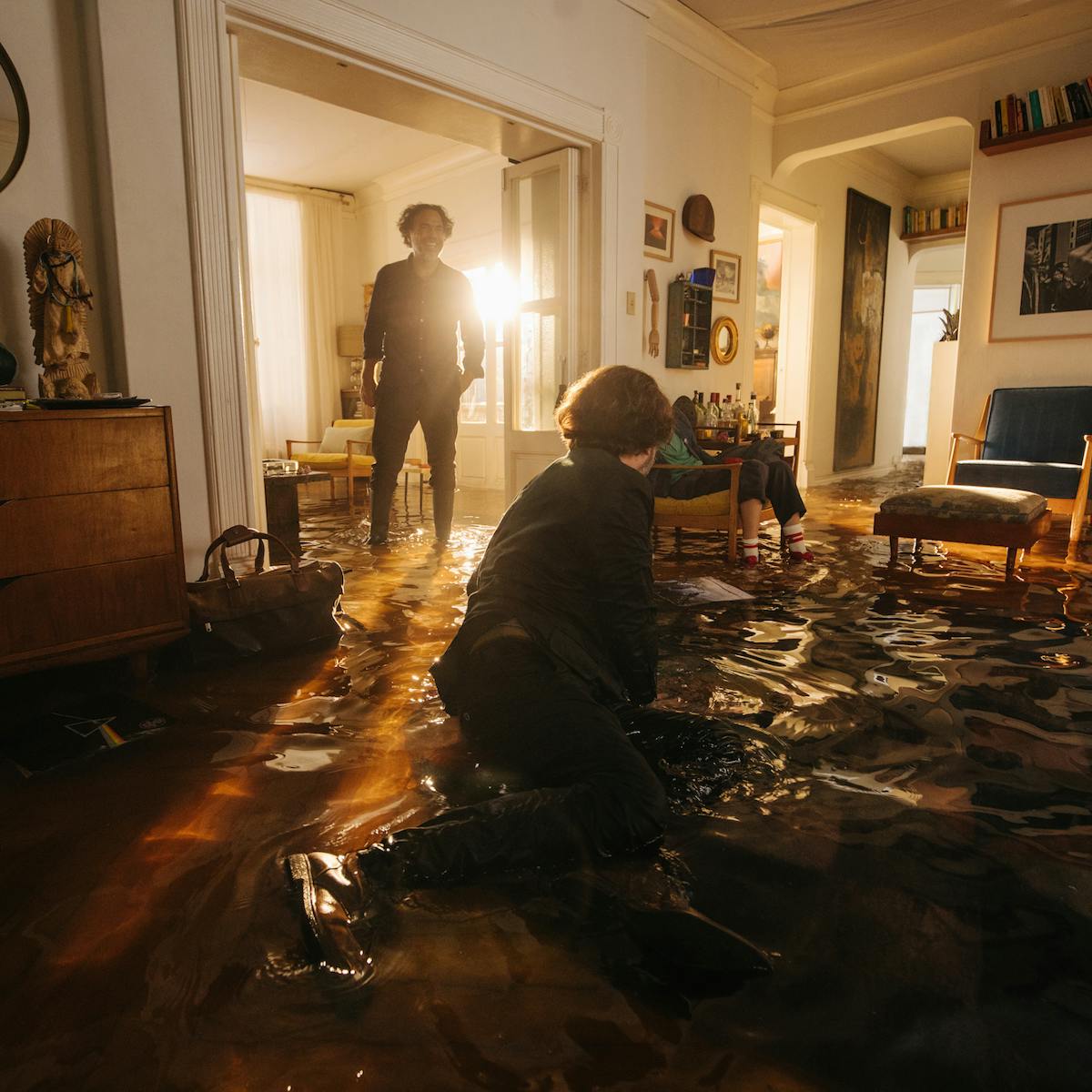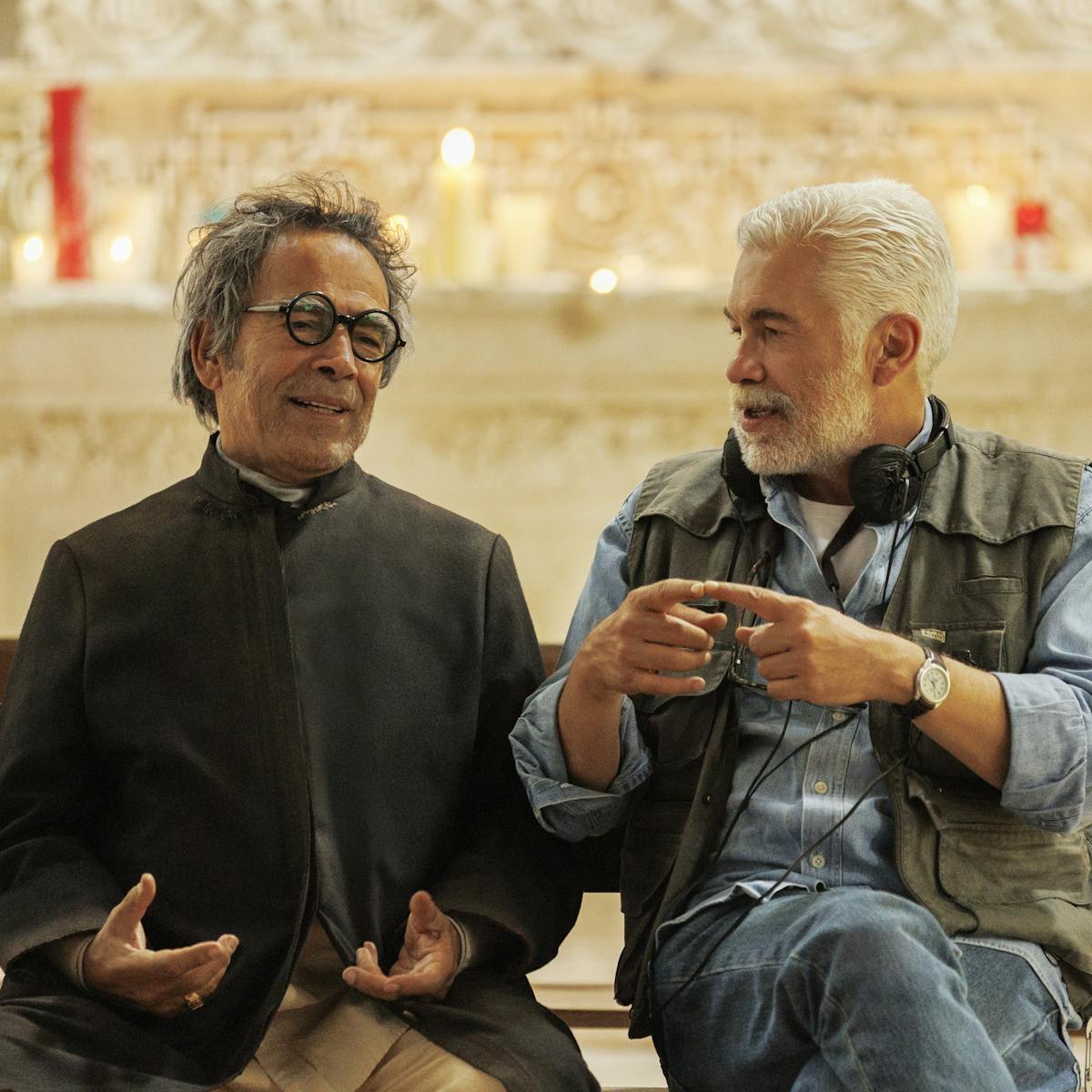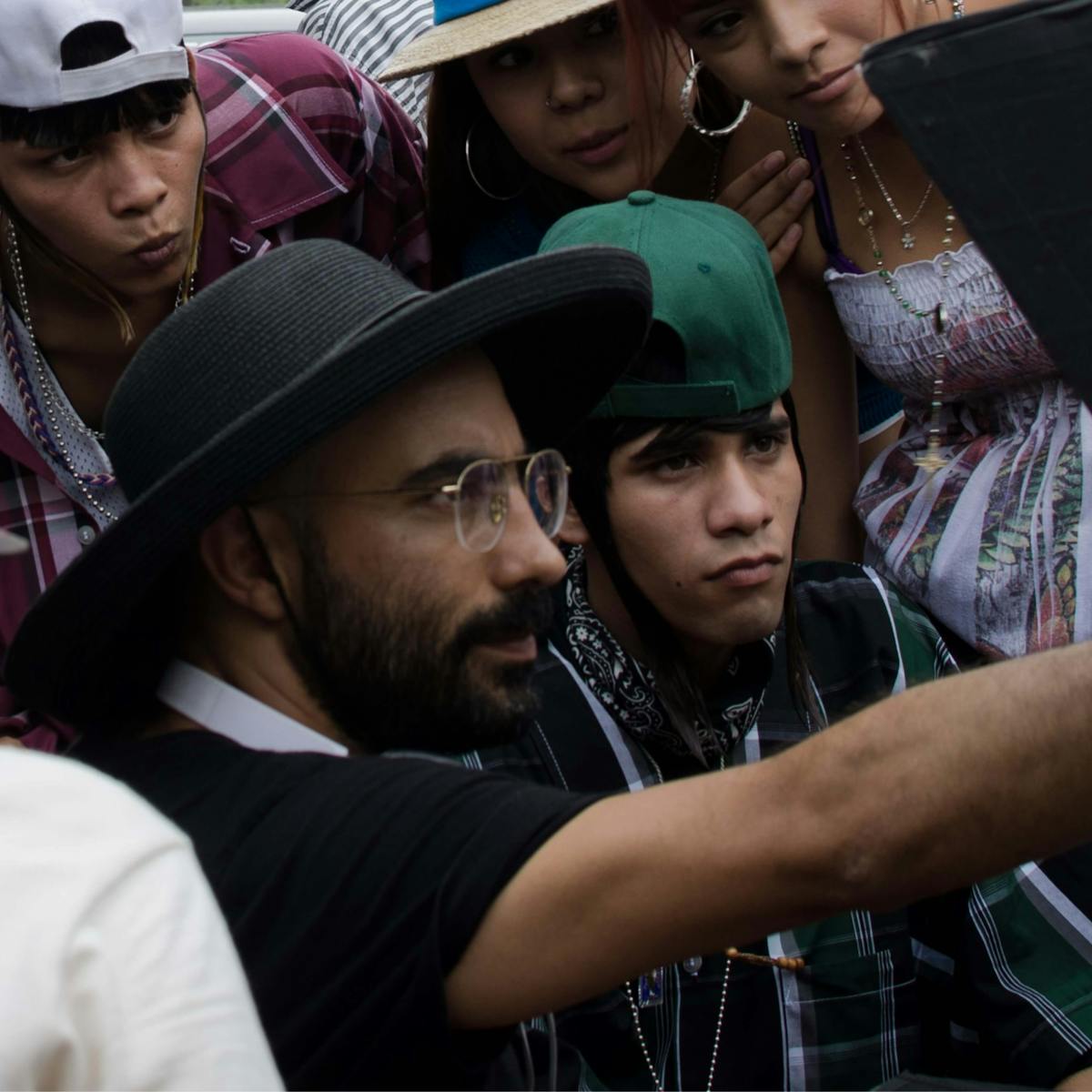Take a tour through the many sides of Mexico seen on screen.
Mexico’s vast territory is home to wide-ranging natural ecosystems and vibrant cities that showcase the country’s indigenous roots, colonial past, and state-of-the-art architecture. One can’t help but feel awestruck by a nation of such marked contrasts that defies easy classifications, and throughout the long history of Mexican cinema, filmmakers have always capitalized on the diverse locales that their homeland — caught between tradition and transformation — offers.
For those abroad unfamiliar with Mexico’s varied terrain and its people, the images that come across the screen serve as an introduction to its wonderful complexities. The country is more than either chaotic urban landmasses, where many television series and soap operas are set, or stereotypical rural spaces seen in foreign portrayals. Although both of these environments do exist, the country’s eclectic filmic output provides audiences with the opportunity to appreciate Mexico in ways that go well beyond sensationalist headlines or deceiving Instagram-ready vistas.
For Mexican viewers, homegrown films reflect both the positive and challenging realities facing the collective population, as well as those specific to their communities. In recent years, the range of communities depicted on screen has expanded — though it remains true that filmmaking continues to be centralized in the capital and major metropolitan areas, and that more can be done so that the people in front and behind the camera better represent Mexicans of all races and socioeconomic situations.
Since the Golden Age of Mexican cinema, numerous productions have illustrated the country’s richness: the Cacahuamilpa caverns in Macario, the coast of Acapulco in La perla (The Pearl), or the Church of San Francisco Acatepec in Puebla seen in Enamorada, all of them immortalized by the incomparable cinematographer Gabriel Figueroa.
In every frame, both the untainted land and the manmade marvels emerge not only as a backdrop for the engaging drama on the display, but also as an integral aspect of the storytelling. Modern masters of the medium have similarly embraced the visual potential of shooting on location in search of a more authentic depiction of Mexican life. Take for example the gritty modernity of Mexico City at the turn of the millennium in Alejandro González Iñárritu’s masterful debut Amores perros (Love’s a Bitch), or the life-changing cross-country road trip that unfolds in Alfonso Cuarón’s now seminal Y tu mamá también (And Your Mom Too), or the effervescent beauty of the port of Veracruz in Maria Novaro’s Danzón.
On the occasion of this year’s Mexican Cinema Day, we have created this map of Mexico highlighting 10 recent movies — all of them available on Netflix in Mexico and globally in some cases — that highlight a myriad of stunning places.
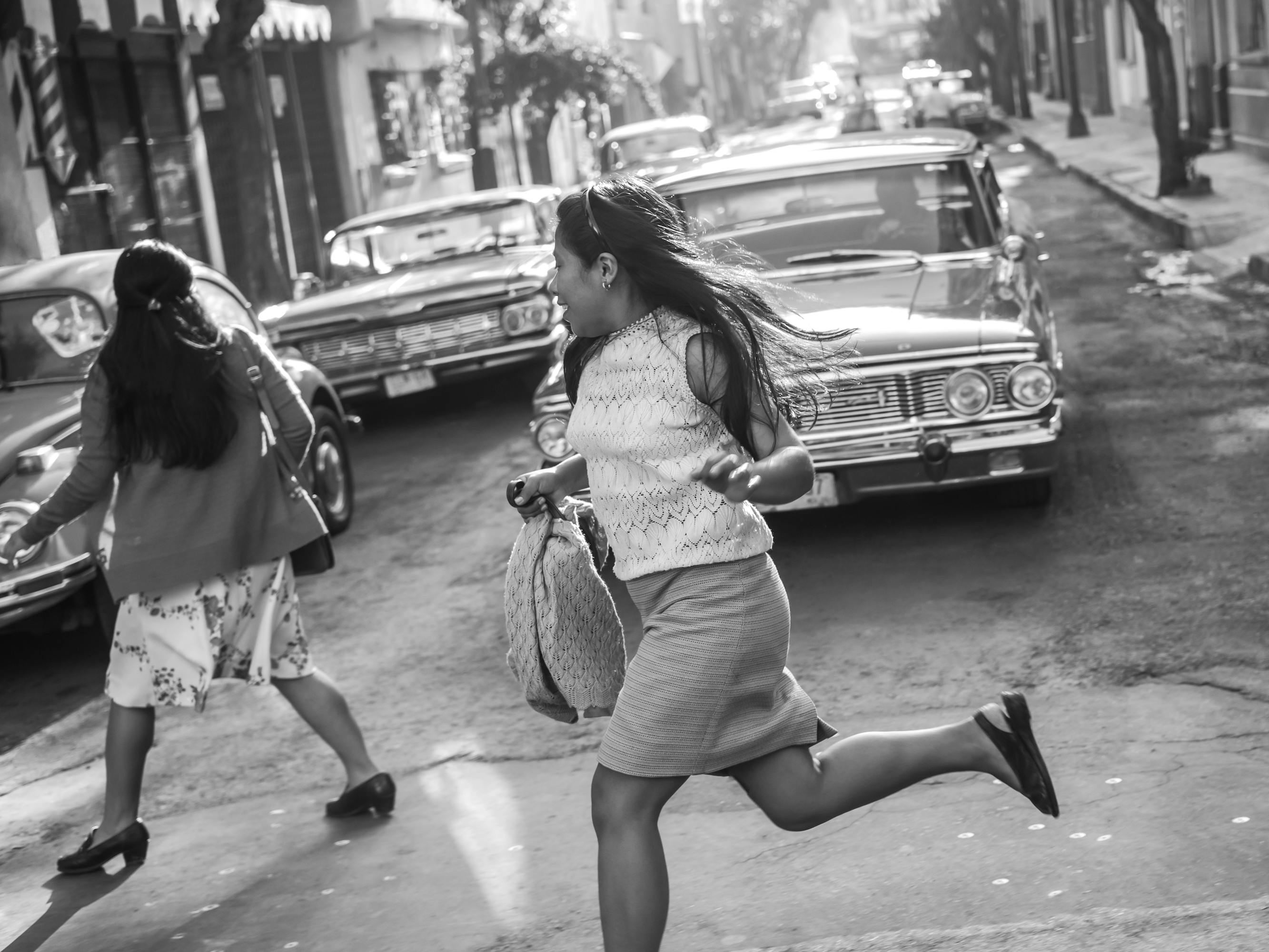
Roma
Mexico City
Using cinema as a powerful time machine, acclaimed director Alfonso Cuarón recreated areas of Mexico City, especially Colonia Roma, the neighborhood of his childhood in the 1970s for his ode to memory and motherhood. Although his desire was to film in the same corners of the imposing city that he once walked, many of them required the intervention of production designer Eugenio Caballero to return to their former glory. A scene early in the film sees t running through the streets as we become aware of storefronts and even a movie theater that no longer exist in the same way today.
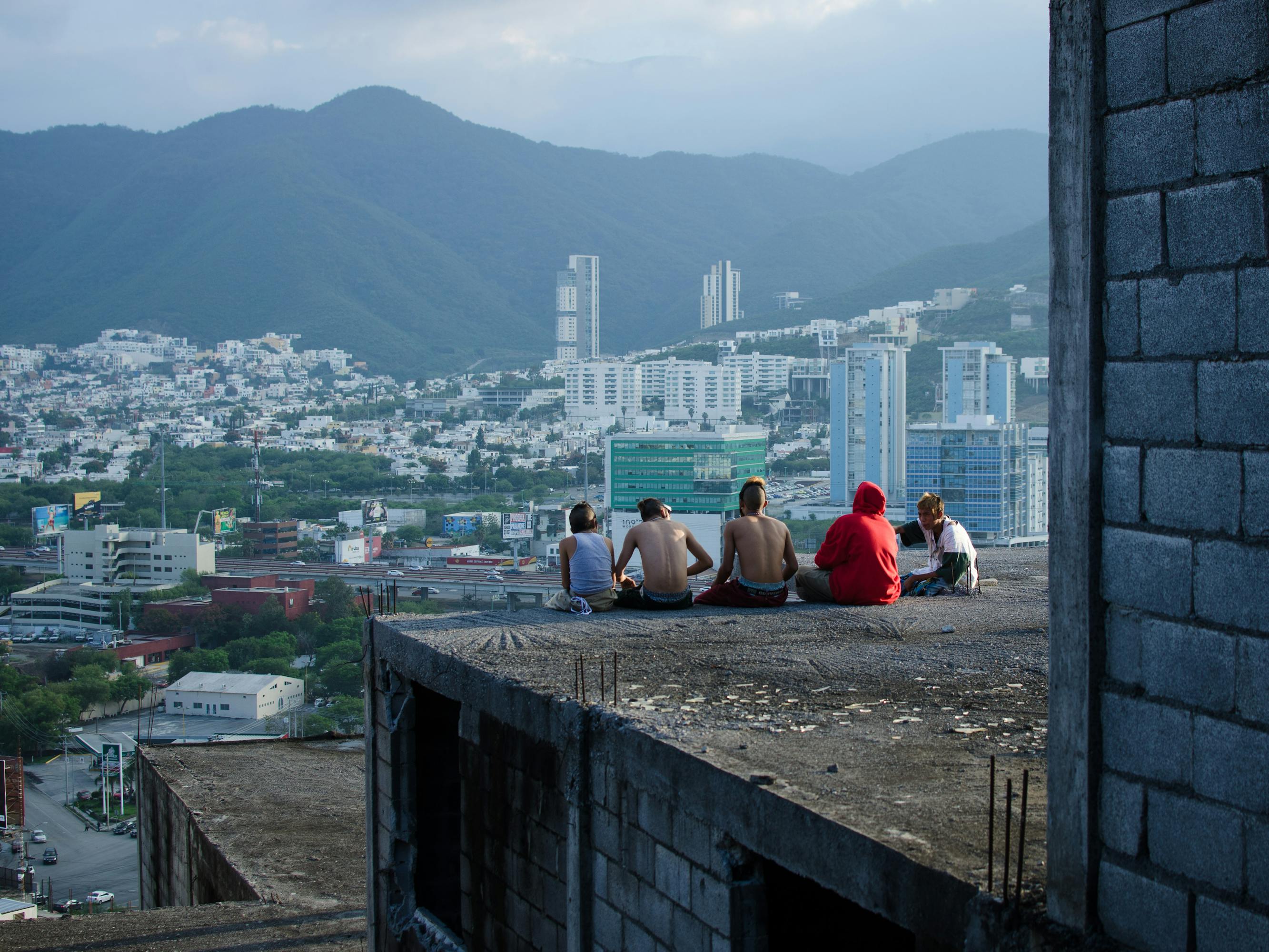
Ya no estoy aquí (I'm No Longer Here)
Monterrey, Nuevo Leon
Monterrey, in the northern state of Nuevo Leon, is known as an industrial and economic powerhouse. Yet, in the outskirts of this wealthy town, the kolombia subculture thrives. Although they struggle to survive amid poverty and violence, these young men and women enliven their hillside homes overlooking the city’s many skyscrapers by dancing to half-tempo cumbia music. By immersing himself in this marginalized community and its singular style, filmmaker Fernando Frias de la Parra shines a light on an often-unseen subculture.

Selva trágica (Tragic Jungle)
Mexico/Belize Border, Quintana Roo
Centering Black and indigenous characters, this otherworldly debut feature takes place in the spectacular jungle that covers Mexico’s southern border with Belize — a region seldom captured on camera for a narrative feature film. Mexican men hired to harvest gum from zapote trees in the area are confronted by the incarnation of the Yucatec Maya legend of Xtabay, a dangerous female entity eager to lure them in. Mythic storyline aside, it’s the eerie atmosphere of the natural location — with its lush vegetation and evocative lighting, particularly at night — that heightens the mysticism of the piece.
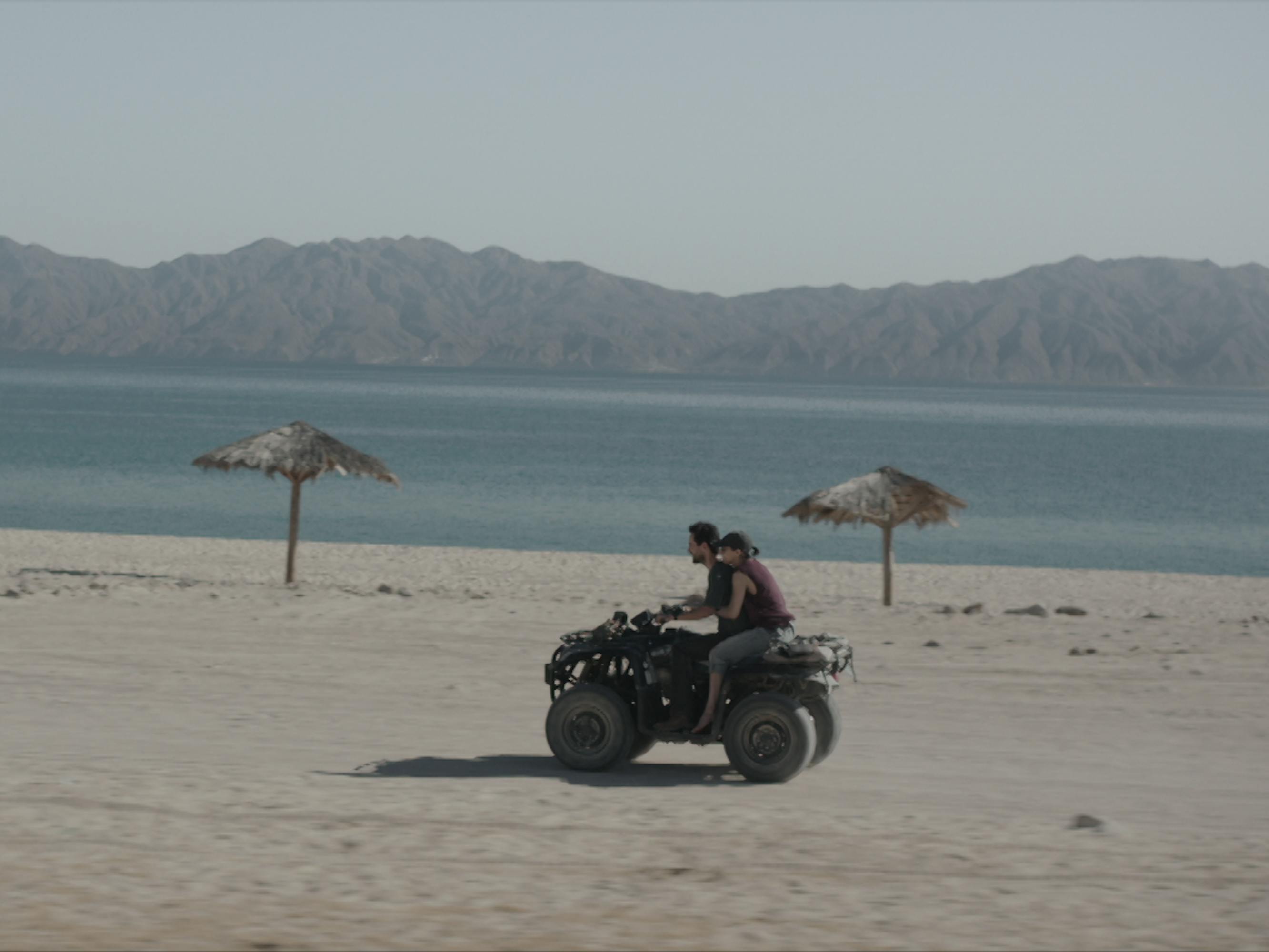
Camino a marte (Road to Mars)
Baja California Sur
Early on in this life-affirming dramedy about friendship and connection, the protagonist Emilia (Tessa Ia), a terminally ill young woman, embarks on a road trip that includes a stop at Playa Balandra. Famous for its dreamlike crystal-clear turquoise waters, the beach is Emilia’s favorite in Baja California Sur. As the protagonist develops a friendship with a peculiar man that claims to be an alien, the narrative traverses multiple areas surrounding the state capital of La Paz. Using only natural light to shoot the exterior scenes, director Humberto Hinojosa Ozcariz invites us to discover the magic of the coastal views along the southern stretch of the Gulf of California.
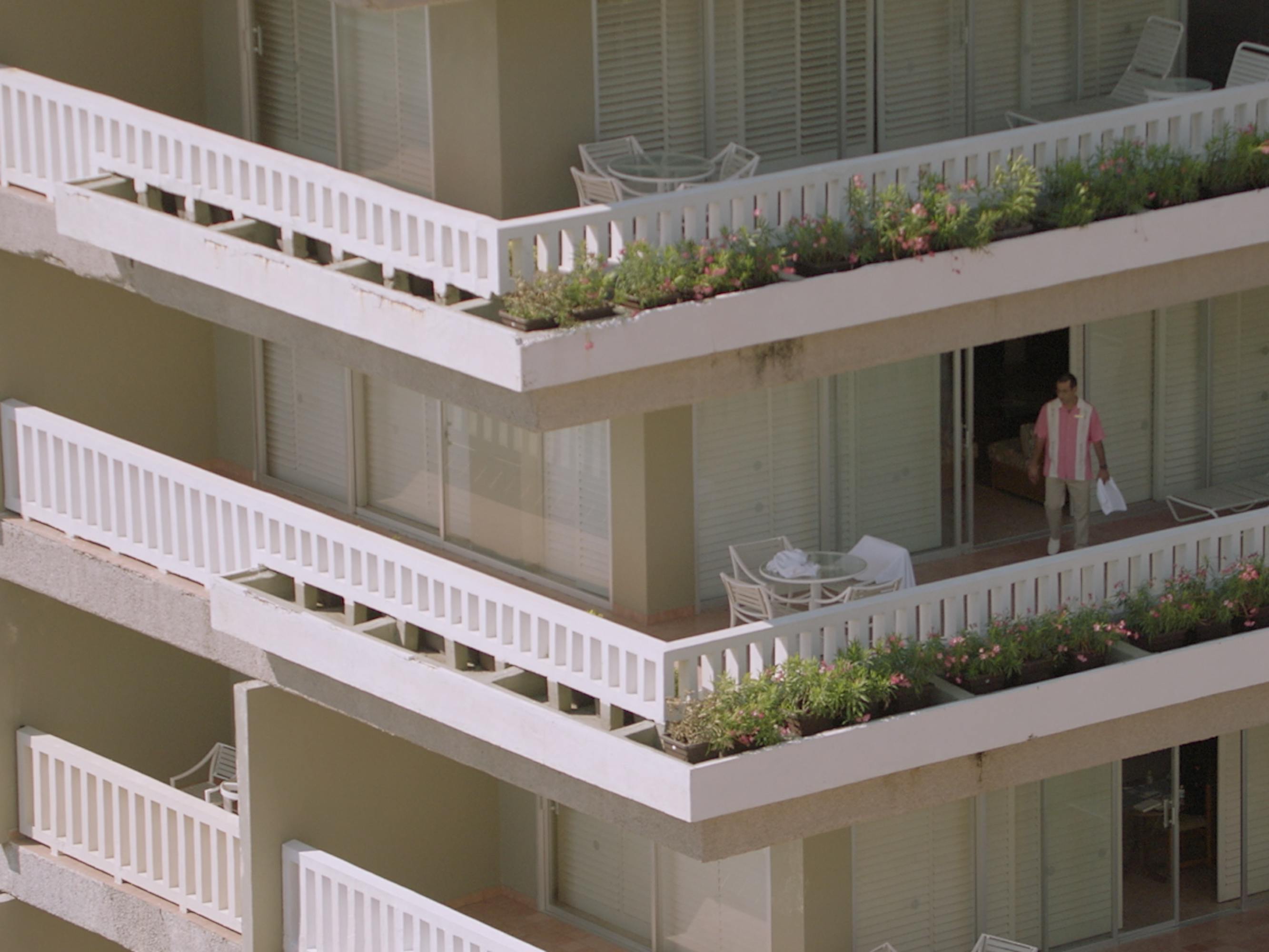
Tiempo compartido (Time Share)
Acapulco, Guerrero
In decades past, Acapulco, the coastal town in the state of Guerrero, was the preferred beachside destination for Hollywood stars. Today it’s a frequent getaway for Mexican nationals and visitors alike. In Sebastián Hofmann’s biting satire, a father at the end of his rope (Luis Gerardo Méndez) tries to salvage a chaotic vacation, as the employees of the seemingly idyllic resort where he and his family are staying face American exploitation. Shot inside the famous Hotel Princess Mundo Imperial, the colorful and hilarious dramedy examines the inner workings of the tourism industry for a more truthful portrait of this paradise.
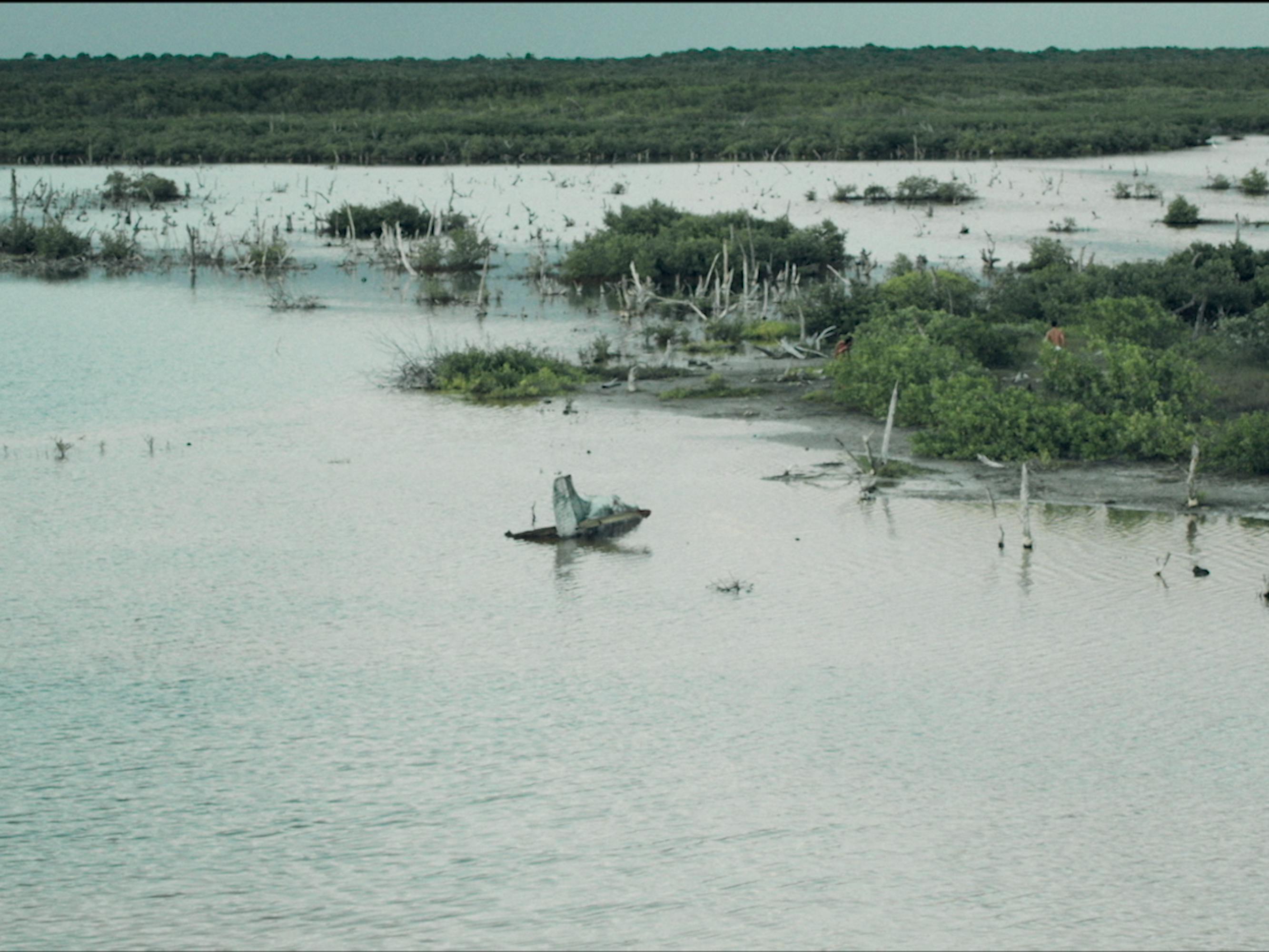
Paraíso perdido (Lost Paradise)
Cozumel, Quintana Roo
An island off the coast of the Yucatán Peninsula, Cozumel is popular among those who enjoy scuba diving. But in this psychological thriller about three people on a Caribbean holiday that wind up exploring a deserted isle, this heavenly location transforms into the perfect setting for a hellish nightmare of desolation and fear. As the vacationers step deeper into the dense jungle that covers this isolated place, the group makes a series of terrifying discoveries that will put their lives at risk. By using this sun-drenched destination in a genre outing, the creators successfully subvert our expectations of where these types of stories can be set.
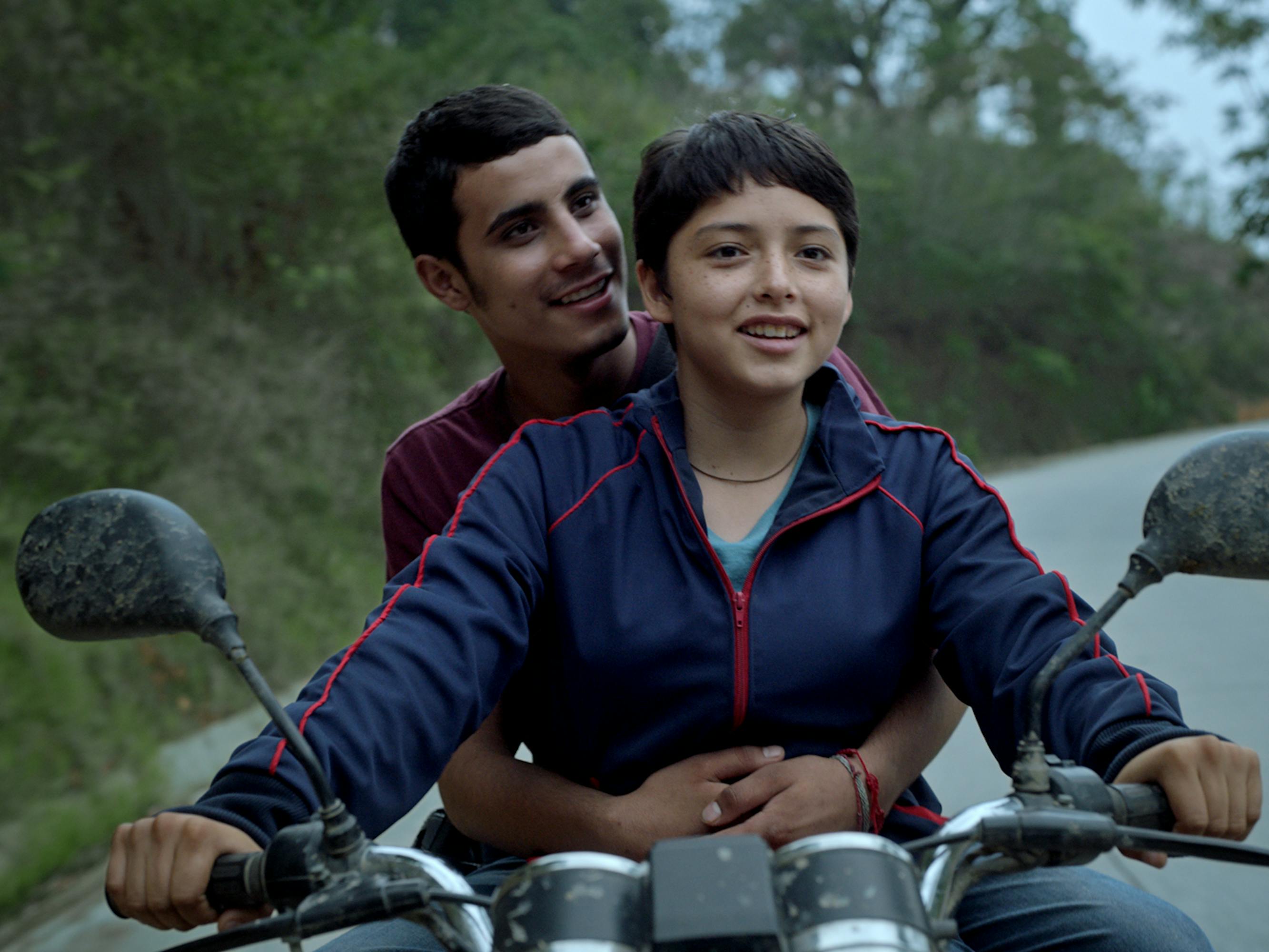
Noche de fuego (Prayers for the Stolen)
Neblinas, Queretaro
To adapt the novel by Jennifer Clement, acclaimed director Tatiana Huezo searched for the ideal location where the exuberant coming-of-age tale about girls guarding their innocence amid turmoil could come to life. Hidden in the mountains of Querétaro’s Sierra Gorda, the small town of Neblinas, breathtaking greenery, became the perfect setting for the young protagonists to interact with insects, swim in lakes, and roam in open spaces to find refuge from their circumstances. With a scene showing families atop a mountain trying to get cellular signal to call their loved ones, the powerful drama also touches on how migration affects these rural communities.
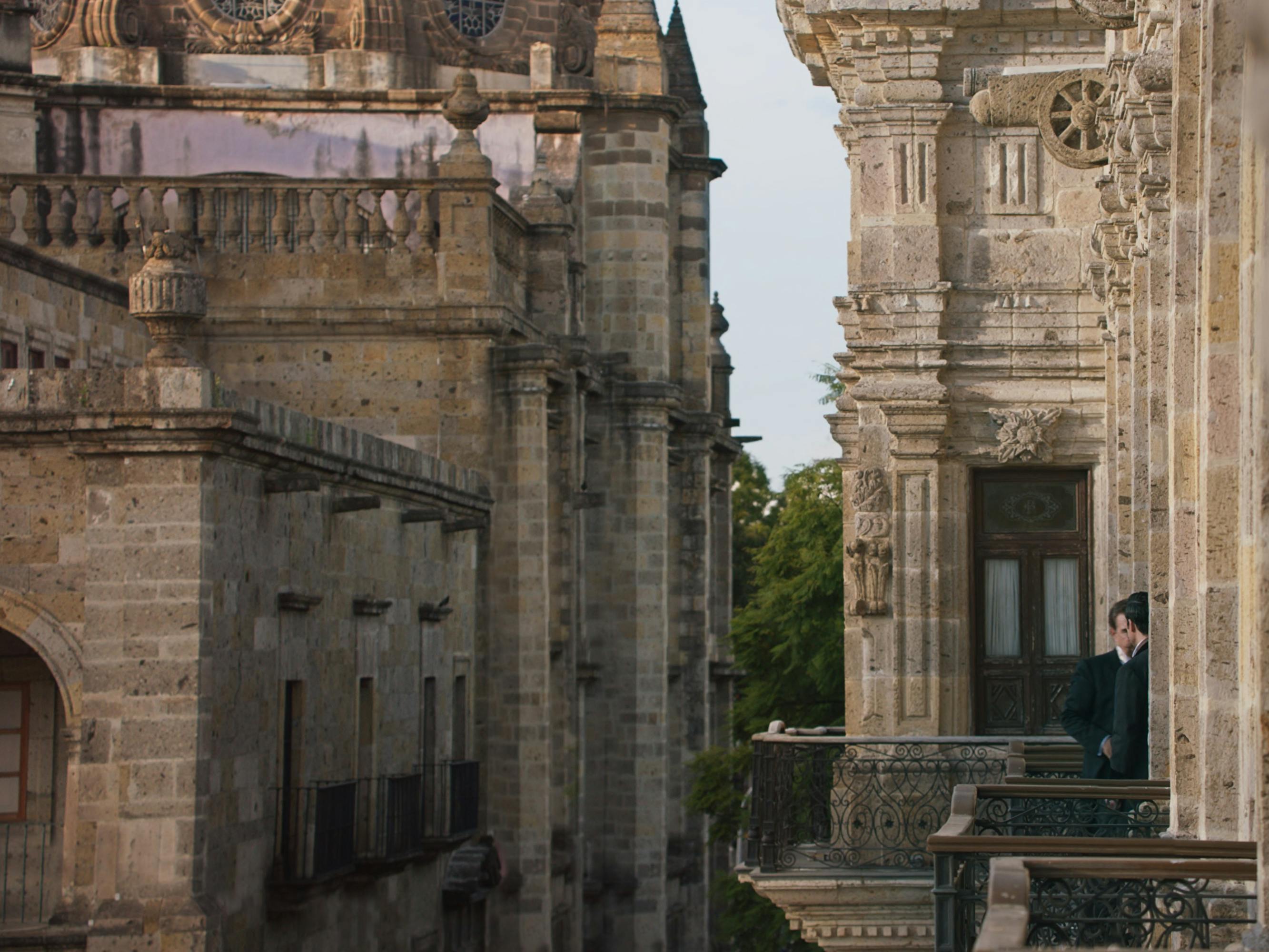
El baile de los 41 (The Dance of the 41)
Mexico City & Guadalajara, Jalisco
Set in 1901 during the rule of President Porfirio Díaz, this historical drama deals with the persecution of homosexual men who would gather clandestinely to express their true desires. To capture the palatial grandeur of the period, which was in great part inspired by European architecture, the filmmakers meticulously sought out locations built around the same time — more than a century ago — including the impressive Museo Nacional de Arte and La Ópera Bar in the heart of Mexico City, and the Casa Rivas Mercado nearby. Meanwhile, most exterior sequences were filmed in the historic center of Guadalajara.
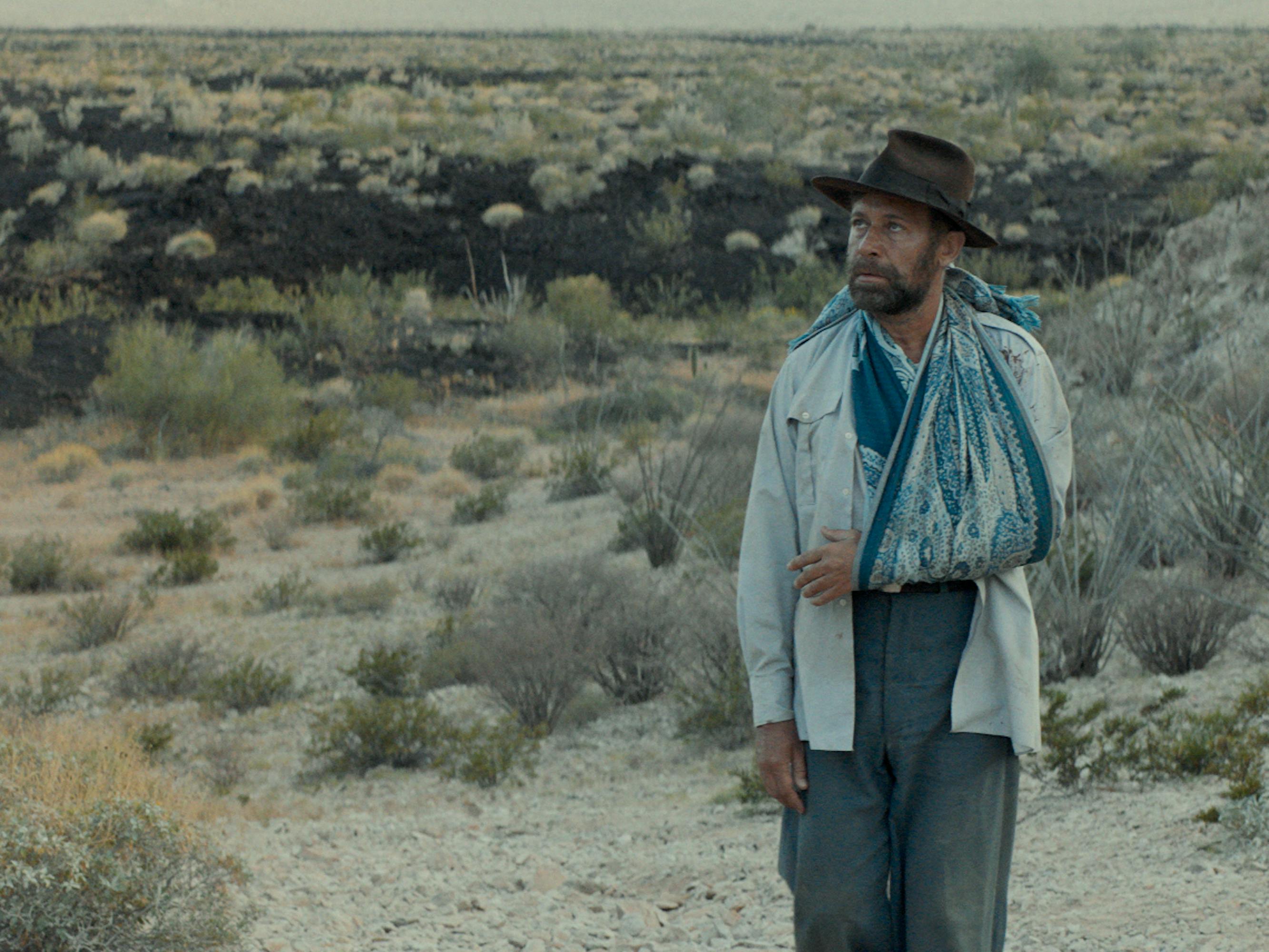
Sonora
Sonora
The arid ecosystems that characterize northern Mexico exhibit a uniquely jaw-dropping beauty, and in this period piece from director Alejandro Springall the state of Sonora takes center stage. The plot follows a variety of characters who have experienced discrimination and xenophobia during the 1930s as they try to cross the inhospitable Sonoran Desert. The film stands out for how its magnificent panoramas immerse us in the El Pinacate y Gran Desierto de Altar Biosphere Reserve, which has been identified as a UNESCO World Heritage Site for the large number of species of flora and fauna that inhabit this desertic expanse of land.

